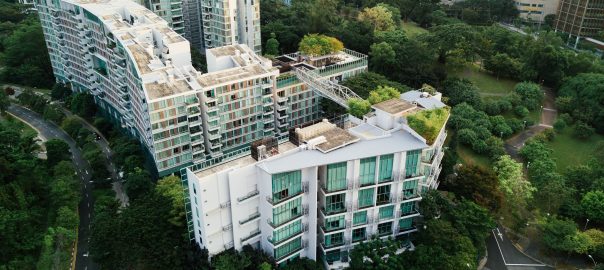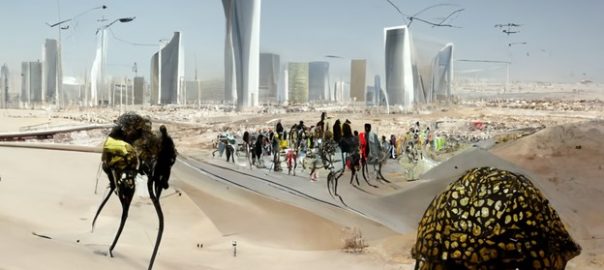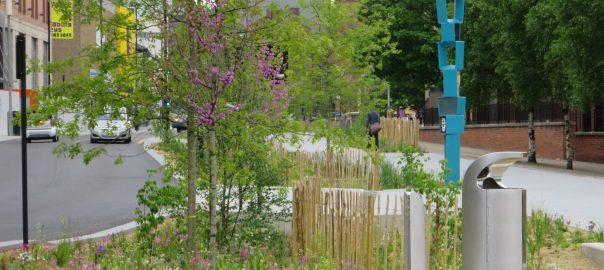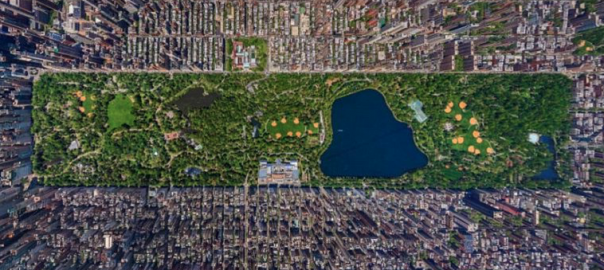David Maddox, New York .
Other Essays on: 26 Visions for Urban Equity, Inclusion and Opportunity
 The Case for All In Cities
The Case for All In Cities
Angela Glover Blackwell, New York
People of color are at the center of a demographic shift that will fundamentally change the global urban landscape. From the growing proportions of Latino, Asian, and African American residents in resurgent cities of the United States, to the diversifying capitals of Europe and the booming metropolises of Asia, Africa,...
2 Comment(s)Join our Conversation
 A Just City is Inconceivable without a Just Society
A Just City is Inconceivable without a Just Society
Marcelo Lopes de Souza, Rio de Janeiro
Once upon a time the city was called the “marvelous” one: Rio de Janeiro, cidade maravilhosa. Rio was the birthplace of samba, chorinho and bossa nova; internationally famous for supposedly being a city of fun and carnival 365 days a year, it has been the capital city of Brazilian proverbial...
0 Comment(s)Join our Conversation
 Up From the Basement: The Artist and the Making of the Just City
Up From the Basement: The Artist and the Making of the Just City
Theaster Gates, Chicago
Governance, despite its own hopes for a universality of exclusion, is for the inducted, for those who know how to articulate interests disinterestedly, those who vote and know why they vote (not because someone is black or female but because he or she is smart), who have opinions and want...
3 Comment(s)Join our Conversation
 Public Imagination, Citizenship and an Urgent Call for Justice
Public Imagination, Citizenship and an Urgent Call for Justice
Teddy Cruz, San Diego Fonna Forman, San Diego
1. A just city repositions inequality The conversation about justice and the city must begin with directly confronting social and economic inequality and prioritizing them as the main issue around which institutions must be reorganized. Contemporary architectural and urban practices must engage this political project head-on. We must question the...
1 Comment(s)Join our Conversation
OTHER ESSAYS ON SIMILAR THEMES...
SCIENCE &
TOOLS
 3 November 2020
What Can Policymakers Do to Enhance Nature-based Solutions for Sustainable Cities?
3 November 2020
What Can Policymakers Do to Enhance Nature-based Solutions for Sustainable Cities?
Cities are almost entirely dependent on surrounding regions for food, water, and energy (FWE) to sustain urban population and activities. Sixty percent of the global population will live in cities by 2030, with 90% of urban growth in the coming...
0 Comment(s)Join our Conversation
PEOPLE &
COMMUNITITES
 3 September 2022
Species on the Move: Assisted Migration in an Era of Rapid Change
3 September 2022
Species on the Move: Assisted Migration in an Era of Rapid Change
In April of 2022, the New York Times ran a viral piece on its front page entitled Trying Everything, Including Lettuce, to Save Florida’s Beloved Manatees. It details a sordid tale of Floridian Manatees — sea cows — struggling for survival amid a riverine habitat polluted by industrial effluents and agricultural and stormwater runoff that was choking out the seagrass...
0 Comment(s)Join our Conversation
PLACE &
DESIGN
 28 September 2016
Designing Ecologically Sensitive Green Infrastructure that Serves People and Nature
28 September 2016
Designing Ecologically Sensitive Green Infrastructure that Serves People and Nature
“Cities separate us from nature, do they not?” —Light, 2003 No, they don’t; or at least they don’t have to. The good news: green infrastructure is expanding and gradually softening a proportion of our planet’s increasingly urban surface. It appears...
9 Comment(s)Join our Conversation
ART &
AWARENESS
 18 September 2017
New York’s Central Park as Muse, as Imagination, as Home
18 September 2017
New York’s Central Park as Muse, as Imagination, as Home
A review of: Painting Central Park, by Roger Pasquier. 2015. ISBN: 0-86565-314-3. Vendome Press, New York. 197 pages. Buy the Book. For the past two years, I’ve invited people to pick free food on Swale, an edible public park built on a...
0 Comment(s)Join our Conversation



Add a Comment
Join our conversation